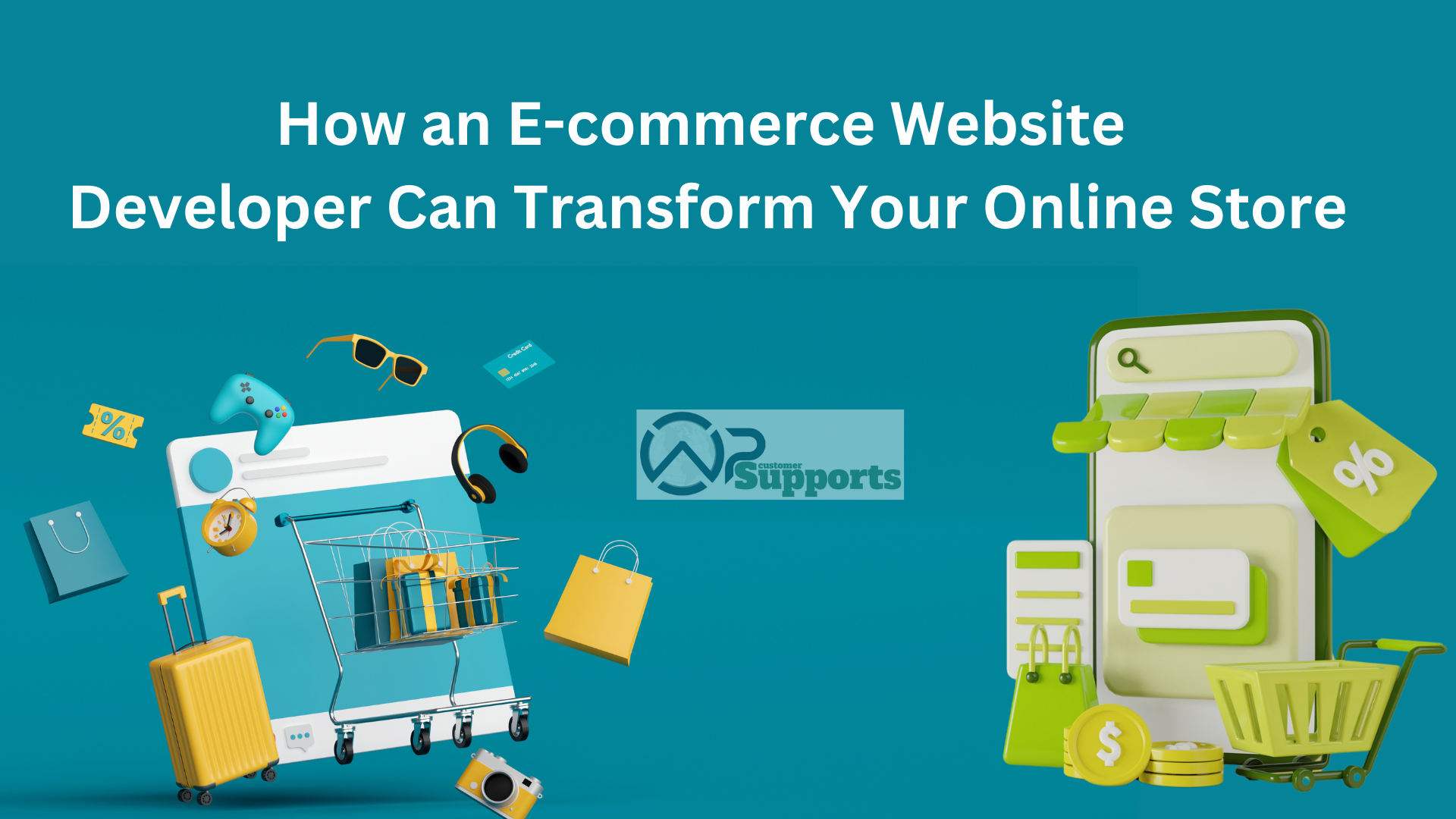Businesses always improve your experience with shopping, right? They want to see results and keep doing well. Just recently, in 2023, Gartner completed a survey: 80% of retailers are considering moving to headless e-commerce solutions within the next few years. That holds some cool advantages but also brings its challenges.
What is Headless E͏-͏co͏mmerc͏e?
It simply means that the front-end and back-end components in an e-commerce setup are decoupled. In regular commerce, these components are normally interlocked. The frontend is what a customer sees and looks at. The back end manages product information, orders, and stock levels. With headless commerce, these layers can operate independently. One can then spread one’s content and shopping experiences across channels, uninterrupted by being locked into some system.
How Does Headless E-commerce Work?
Within a headless e-commerce system, the front-end & back-end communicate with each other using APIs. The back-end handles product data and orders. It pushes this information to the front end using those APIs. The data is then returned to the front end of the website or app so that the user can easily grasp it.
Benefits of headless e commerce
Higher Performance
Headless e-commerce can really make a positive impact on performance. By decoupling the front-end from the back-end, websites and apps are in a position to load way much faster and offer a smoother experience. In this new architecture, it can be optimized—by itself, independent of the front-end—to be more efficient.
Scalability
Scalability is another huge advantage. With growing businesses, a headless architecture grants absolute flexibility:
It provides a much more efficient workflow for developers. Now, frontend and backend developers can work on their respective layers in hand, using the best tools and technologies feasible for each layer. Faster development, easier troubleshooting, and innovative solutions are the results.
Disadvantages of Headless E-commerce
Complexity
While headless e-commerce provides many benefits, it also introduces complexity. Managing separate front-end and back-end systems means more coordination and more knowledge is required. Ensuring smooth communication between these layers via APIs can prove to be a difficult task, especially for businesses without a strong technical foundation.
Increased Initial Investment
The setup costs that headless commerce initially requires might be higher than traditional platforms. This can be explained by the needs of custom development, integration, and probably even the necessity to recruit talent with particular skill sets.
Higher Maintenance
Maintaining an e-commerce system can get very demanding. With separate front-end and back-end layers, one needs to manage regular updates, security patches, and bug fixes for both systems. This more significant maintenance workload requires a dedicated team.
Need for Skilled Developers
Creating an Online Store without any kind of traditional Website Front takes developers who have a basic understanding of both front-end and back-end techs, including linkage of different systems. Getting your hands on folk with these skills can be quite challenging, sometimes forcing you to think about training existing employees or reaching out to external help to get things up and running.
Comparison of Traditional and Headless E-commerce
Flexibility and Customization
It is in headless e-commerce that a business gets customization and flexibility to create unique experiences. Traditions are usually easy to set up and manage, but they definitely limit customization.
Performance and Speed
It is in headless e-commerce that performance and speed can be improved since now the front end can be optimized on its own. Traditional platforms often are limited to doing so due to their design, and if not managed properly, result in slow performances.
Cost
While this is true, headless eCommerce has higher costs; in the long run, it makes up for these costs through scalability and flexibility.
Tools and Platfo͏rms for Headless E-͏commerce͏
Popular Platforms
There are some commonly used headless e-commerce platforms, which include Shopify Plus, Magento, and BigCommerce. These platforms have great back-office features and support APIs,, hence making it very practical for a headless approach.
Integration Tools
Contentful, Prismic, and GraphQL are the major headless e-commerce integration tools. They facilitate smooth communication throughout the headless structure: from the backend to the frontend. Businesses are therefore given the flexibility to create and publish dynamic and rich content across all channels.
Is Headless E-commerce Right for You?
Assessing Business Needs
Assessing your needs in business, technical capabilities, and long-term goals, one can figure out whether the headless e-commerce model is for one. Businesses that have sophisticated multi-channel needs and are strongly built on technology would benefit most from a headless approach.
͏
Conclusion
Headless e-commerce, therefore, is a paradigm change in the way business undertakes online retailing. Many find it very alluring because of how it comes with numerous benefits in terms of performance, scalability, and flexibility. However, there lies a little struggle on the complexity, higher costs, and the need for highly skilled developers. A company can, therefore, come to a decision of implementing headless e-commerce with critical consideration of these factors and knowing their needs.
FAQ’s
- What are the benefits of headless commerce?
- Do hidden costs come along with headless commerce?
- How could small business e-commerce be optimized using a headless approach?
The absolute benefit that comes with headless commerce is the added flexibility given to a business. It delivers individualized, personalized user experiences across multiple channels.
While many of the headless commerce features bring tremendous value to businesses, it can also show hidden costs in development, integration, and on-going maintenance. For that, budgeting has to be done.
Small businesses would benefit from the flexibility and scalability of headless e-commerce. It helps them get fast adaptation in the market.



